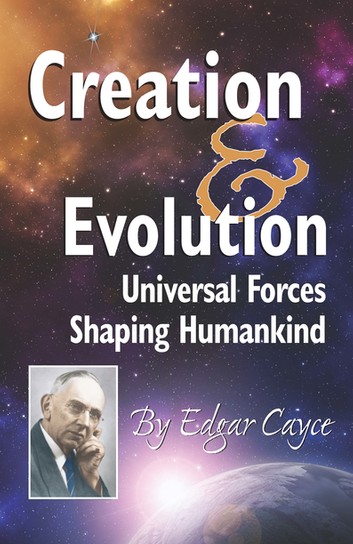Discussion Post I submitted for my Atlantic University TP5100 Course – October 14, 2020
As stated in previous posts, my concern with Wilber’s theory as he espouses in Up from Eden is that he uses a “one-size-fits-all” approach to cover massive periods of time and varying species, particularly in Levels 1 and 2. In general, science is driven by Darwin’s theory of evolution, which dictates that our development over millions of years has been in one direction, forward, with the newer ancestors showing increasing intelligence and awareness than previous generations. Wilber attempts to plug the evolution of consciousness in this same framework, and therefore, Cro-Magnon and Neanderthals were “primitive” and much less evolved than modern humans. To posit such a theory, however, he must ignore, for example, archeological findings of 10s of thousands and even hundreds of thousands of years ago, which indicate the existence of extraordinary human achievements in the form of impressive stone structures. Their level of sophistication and precision rival anything we could construct today with our modern technology. As John Van Auken notes, archeologists “are finding artifacts in which ancient humans are depicted doing impossible things, such as brain surgery” (Van Auken, 2005).
Edgar Cayce proposes a different history for our soul’s evolution, one that’s much closer to the myths and stories that have been handed down from one culture to another for thousands of years. Cayce believes that humanity’s seeds began with a spark of spirit which was part of the Divine, and unlike Wilber, not with a human or pre-human body that slowly became more aware and conscious as time went on. As the article that summarizes Edgar Cayce’s teachings on human origins states, “The spirit was static, content, and aware of itself. It was a giant resting on the bosom of its thought and contemplating what it is” (Edgar Cayce Foundation, 1971). He adds that God created the Cosmos and souls because the Divine desired companionship and that the “pattern God used to create souls was the pattern of God’s own spirit” (Edgar Cayce Foundation, 1971).
In Cayce’s model, spirit and the soul were paramount, and therefore, the body and how these critical elements were incarnated was less critical. Also, as a Creator, and because we were created in the Divine’s image and likeness, it makes sense that the forms used to express our spark of divinity would vary as different options were tried just as an artist experiments with different colors and brushes. As Hugh Lynn Cayce notes, “God was, and always will be, a Spiritual Being. When man first entered this plane, it was not in physical form” (Cayce, H.L, 1932). As time went on, some “souls became aggressive with their own power and began to experiment with it,” according to Edgar Cayce (Edgar Cayce Foundation, 1971). Adds Lynn Sparrow Christy, “We are called beyond soul growth to participation in an ongoing creation. In one sense all living things are participants in ongoing creation” (Christy, 2013).
The fact that a soul had the power to be “aggressive” in the first place speaks to the greatest gift souls were endowed by the Creator, and that’s free will. However, this experimentation led to souls jumping into animal bodies, so a strange mix of “partially human and partially animal body” creatures emerged in “ancient times” (Ancient Mysteries, 2005). Cayce noted in several readings that some of these animal-human mixes required a cleansing for the “removing of animal appendages” (Temple of Sacrifice, n.d.).
While it may seem fantastic, particularly in our post-modern scientific rationalism worldview, that animal-human combinations existed in the past, such as mermaids, ancient cultures have numerous drawings, pottery, and other artwork depicting these hybrids. While some of it may be viewed as symbolic, as Occam’s Razor would indicate, however, the simplest explanation is the correct one, and that these ancients simply saw such creatures. In the end, I’m much more comfortable with Cayce’s view of the genesis and evolution of our spirit, soul, and consciousness than I am with Wilber’s. There are too many holes in Wilber’s theories. As time goes on, additional research and archeological findings bolster the Sleeping Prophet’s approach while continuing to call into question the basic foundation of Wilber’s.
